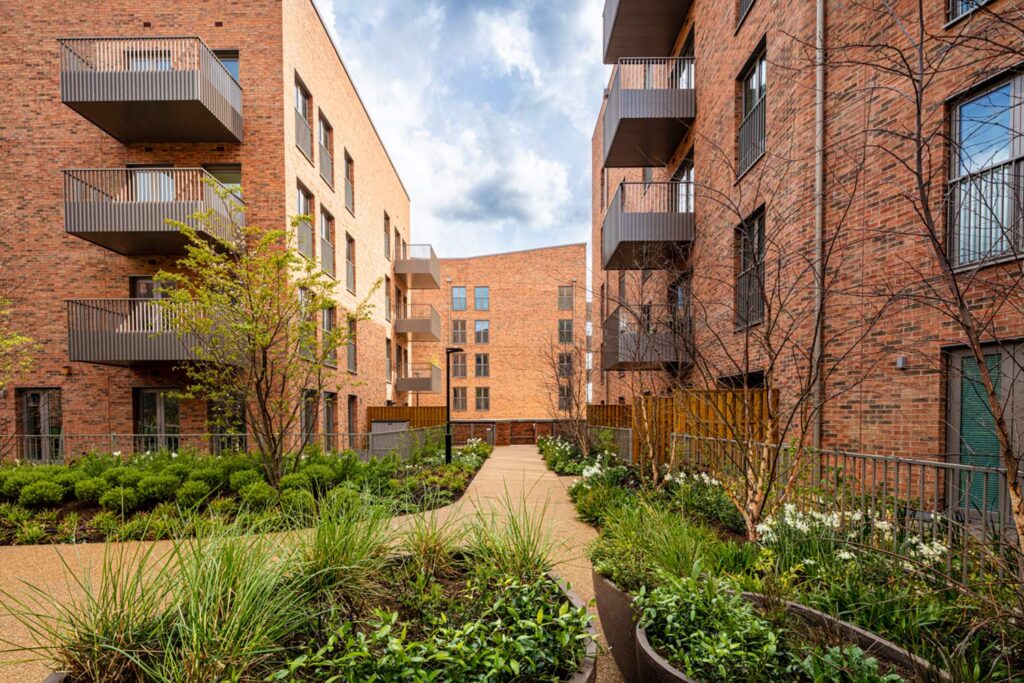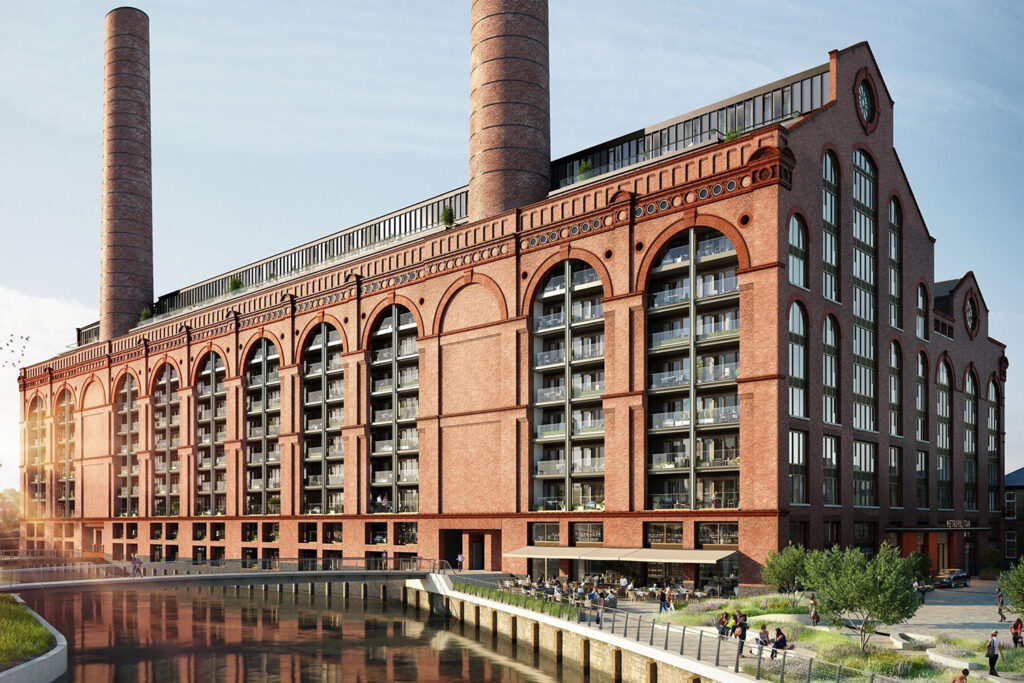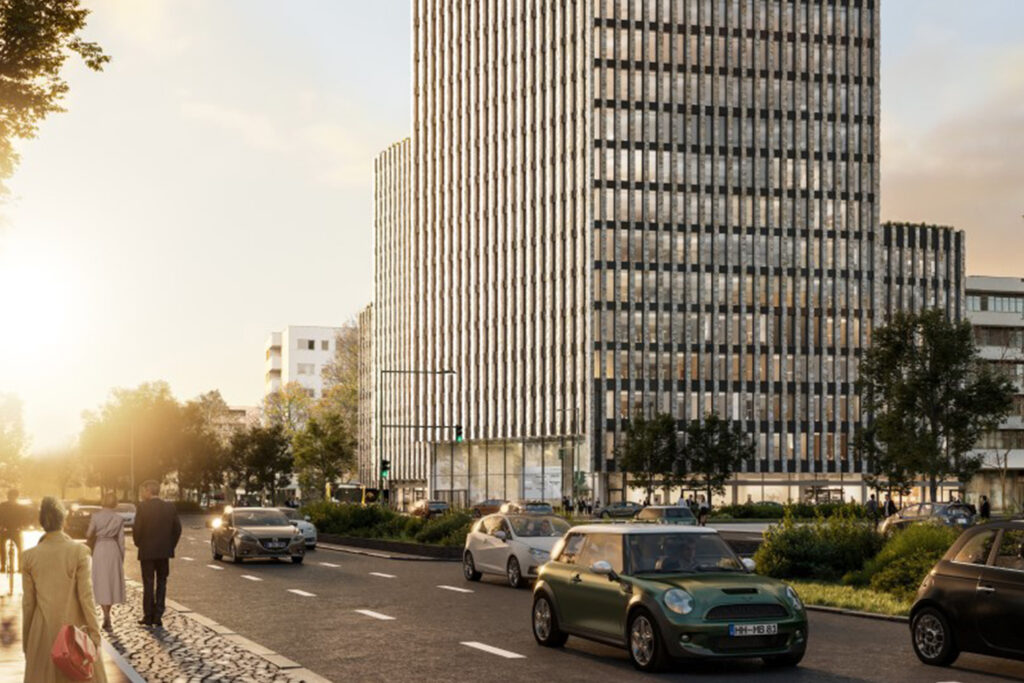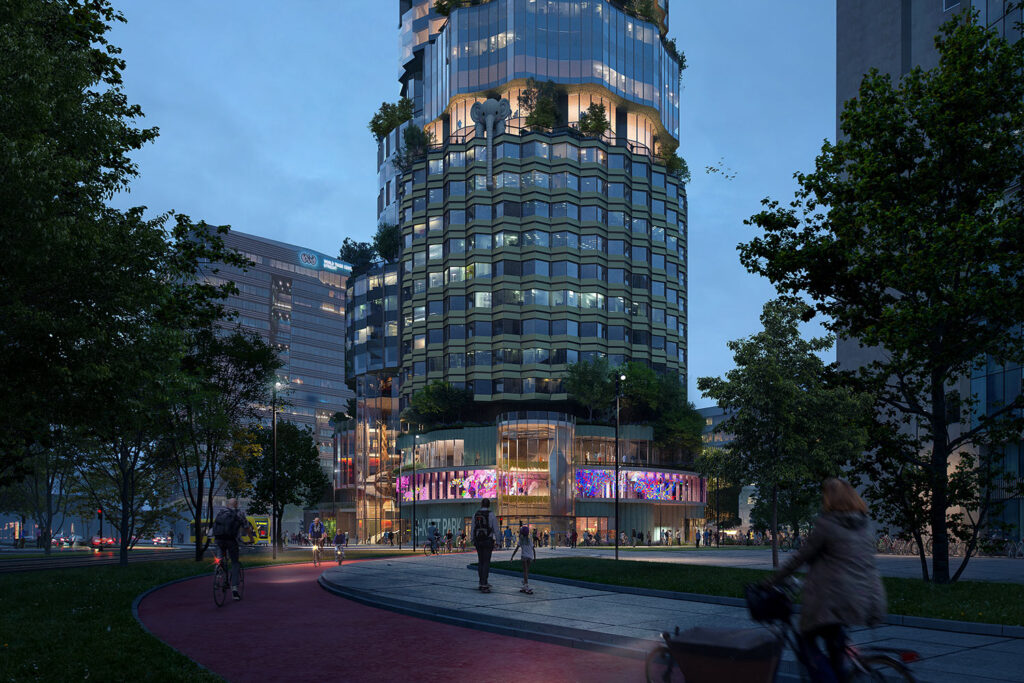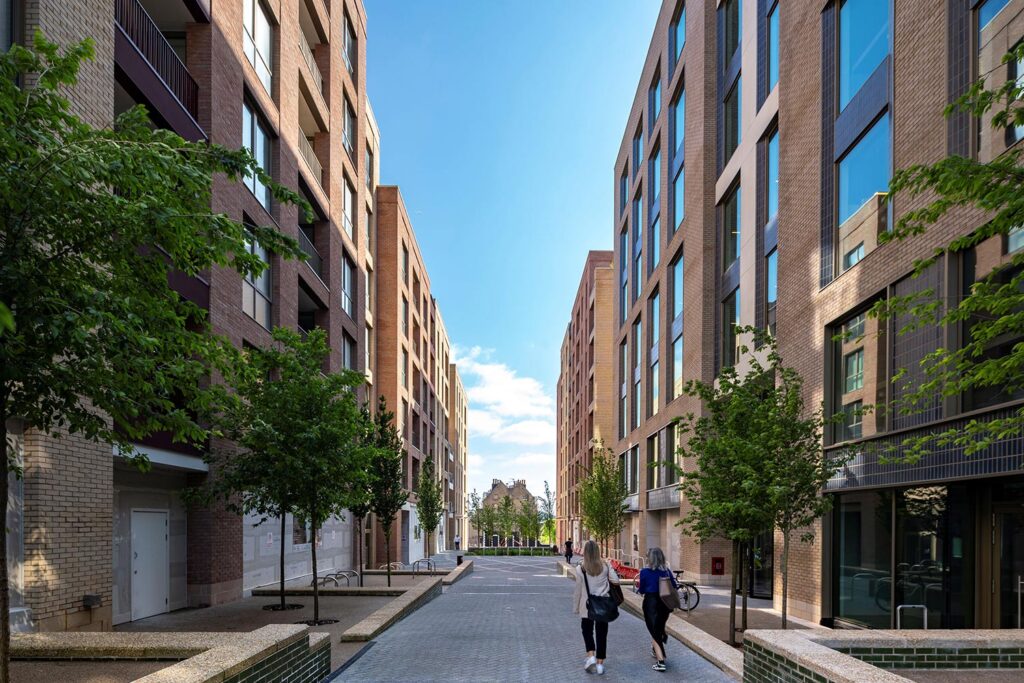Bridging East London – London Planning Award for Buro Happold and Farrells Team
Why are there 23 bridges across the river Thames west of Tower Bridge, but only one to the east?
This is a question that our Cities team and Farrells have jointly grappled with over the last year.

There are of course historical, and natural reasons: The east of London has long been one of the city’s major industrial areas, with an exclusively working waterfront – accommodating ships that imported and exported cargoes supporting the growth of London. Historically the money, and therefore infrastructure, was located in the west as the predominant south-westerly winds in the UK meant the west-end was cleaner and ‘fresher’ than the east. The decline of manufacturing and the advent of containerisation have brought significant change and opportunities for transformation.
Spurred on by the global success of Canary Wharf, regeneration priorities have shifted firmly to the east. Shoreditch and Hackney have become desirable places to live and work; Canary Wharf itself is now a major international financial and business hub. The London 2012 Olympics legacy has supported significant growth in Tower Hamlets and Newham and the Royal Docks is at last attracting sustained investment and becoming a new economic centre. The east of London is now one of the Mayor’s opportunity areas – designated to accommodate London’s rapidly growing population.
Despite all of this, many large areas of east London have seen limited economic growth over the course of the last decade. A lack of transport infrastructure and accessibility are key factors limiting the development of substantial new housing in east London. Only by making areas and neighbourhoods more accessible to employment will developers and investors be able to work the magic that is now transforming areas like Kings Cross, Battersea, and Farringdon.
Farrells and Buro Happold each have long histories working in the east of London. We are jointly investigating opportunities to catalyse and accelerate growth specifically around the possibility of low-level bridges that can connect communities south and north of the Thames. Together we have been looking at the challenges and opportunities for low-level bridges that could enhance east London’s accessibility to jobs and infrastructure, with an eye to allowing boroughs north and south of the river to flourish into the future. We believe this type of infrastructure connectivity is not only feasible, but can yield immense socio-economic benefits by increasing land values, making new development viable, facilitating new housing and simply connecting individual communities to each other.
In recognition of our joint work, Buro Happold and Farrells were this week awarded a London Planning Award for ‘Best Conceptual Project’.

